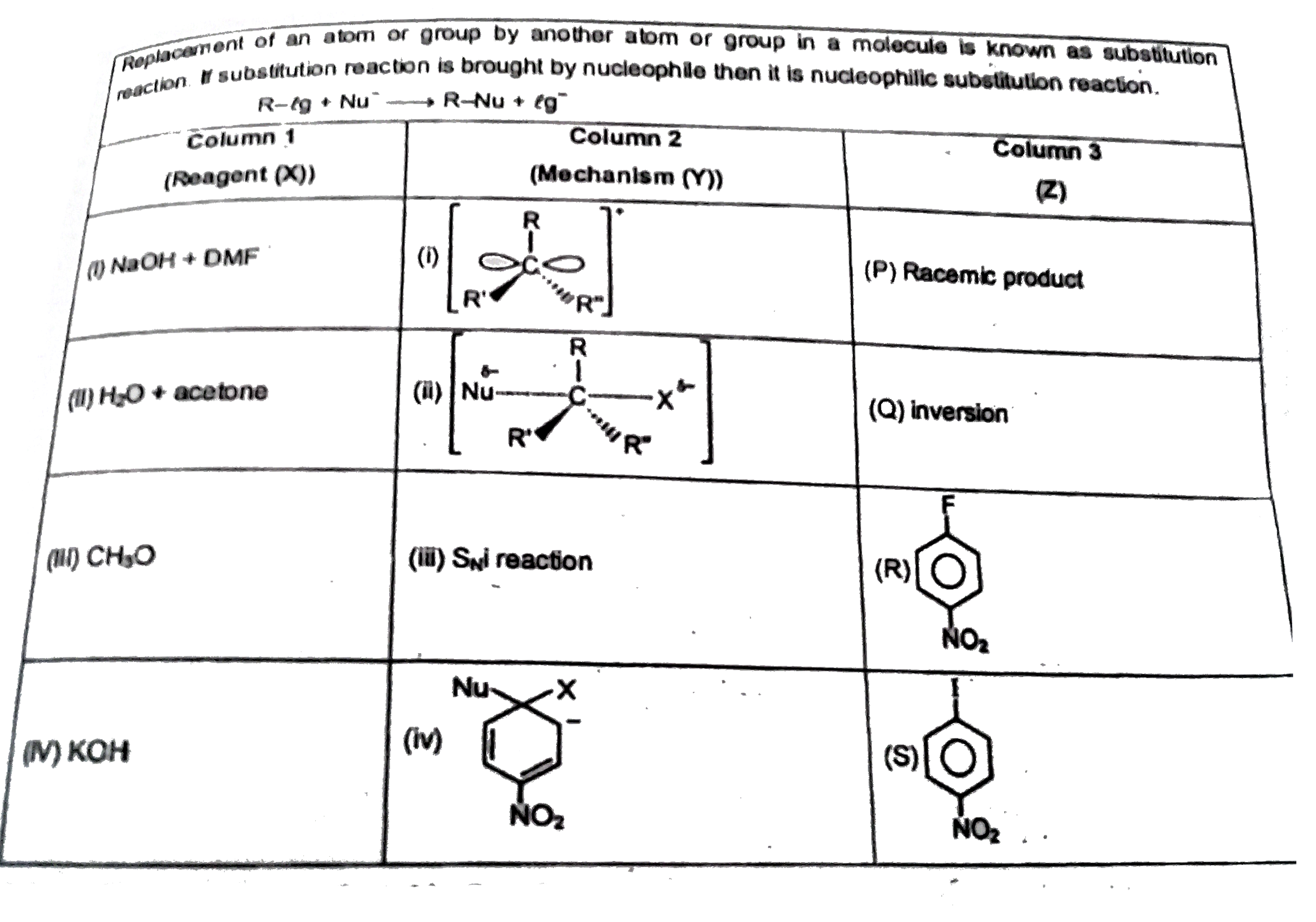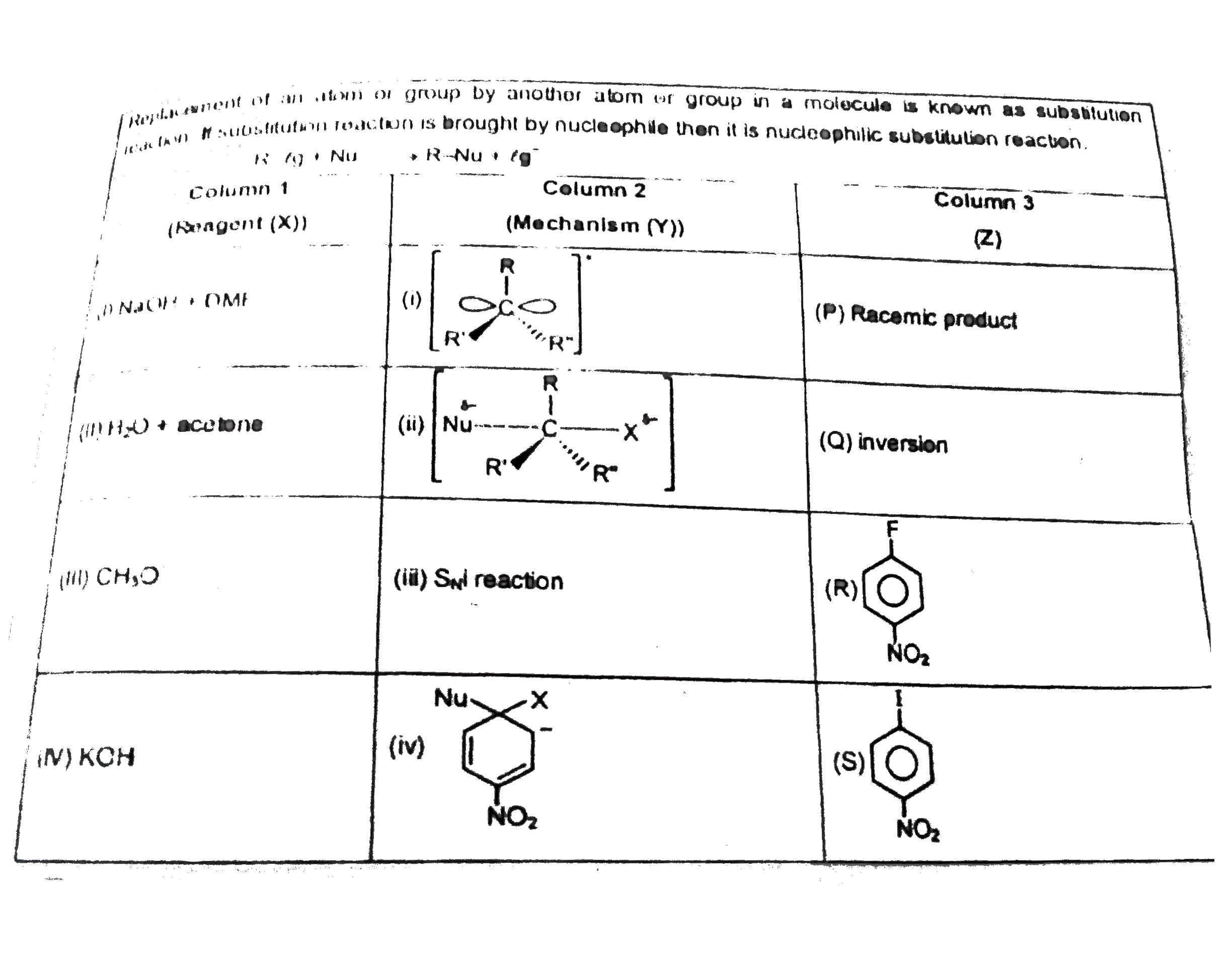The ionization energies for B, TI and In are x, y and z kcal mol−1 respectively. Choose the correct relationship between them.
z>x=y
x>y<z
x>y≈z
x <y>z
The correct Answer is:B
To determine the correct relationship between the ionization energies of Boron (B), Tellurium (Te), and Indium (In), we need to analyze the periodic trends in ionization energy.
1. Understanding Ionization Energy:
- Ionization energy is the energy required to remove an electron from an isolated gaseous atom.
- It is influenced by the effective nuclear charge (Z_eff) and the size of the atom.
2. Periodic Trends:
- As we move across a period from left to right, ionization energy generally increases due to increasing nuclear charge and decreasing atomic radius.
- As we move down a group, ionization energy generally decreases because the outer electrons are further from the nucleus and experience greater shielding.
3. Analyzing the Elements:
- Boron (B) is in Group 13 and has a relatively small atomic size and high ionization energy compared to elements in lower periods.
- Indium (In) is also in Group 13 but is located lower than Boron, meaning it has more electron shells and a larger atomic radius, resulting in lower ionization energy.
- Tellurium (Te) is in Group 16 and is located below oxygen and sulfur. It has a larger atomic size compared to Boron but is higher than Indium in terms of ionization energy due to its position in the periodic table.
4. Comparing Ionization Energies:
- Based on the periodic trends:
- Boron (B) will have the highest ionization energy (x).
- Tellurium (Te) will have a lower ionization energy than Boron but higher than Indium (y).
- Indium (In) will have the lowest ionization energy (z).
5. Establishing the Relationship:
- Therefore, we can establish the relationship as follows:
- x (Boron) > y (Tellurium) > z (Indium).
- This means that the correct relationship is x > y > z.
Final Answer:
The correct relationship between the ionization energies of Boron (x), Tellurium (y), and Indium (z) is:
x > y > z
- Ionization energy is the energy required to remove an electron from an isolated gaseous atom.
- It is influenced by the effective nuclear charge (Z_eff) and the size of the atom.
- As we move across a period from left to right, ionization energy generally increases due to increasing nuclear charge and decreasing atomic radius.
- As we move down a group, ionization energy generally decreases because the outer electrons are further from the nucleus and experience greater shielding.
- Boron (B) is in Group 13 and has a relatively small atomic size and high ionization energy compared to elements in lower periods.
- Indium (In) is also in Group 13 but is located lower than Boron, meaning it has more electron shells and a larger atomic radius, resulting in lower ionization energy.
- Tellurium (Te) is in Group 16 and is located below oxygen and sulfur. It has a larger atomic size compared to Boron but is higher than Indium in terms of ionization energy due to its position in the periodic table.
- Based on the periodic trends:
- Boron (B) will have the highest ionization energy (x).
- Tellurium (Te) will have a lower ionization energy than Boron but higher than Indium (y).
- Indium (In) will have the lowest ionization energy (z).
- Therefore, we can establish the relationship as follows:
- x (Boron) > y (Tellurium) > z (Indium).
- This means that the correct relationship is x > y > z.
The correct relationship between the ionization energies of Boron (x), Tellurium (y), and Indium (z) is:
x > y > z
Similar Questions
Knowledge Check
The ionisation energy for 'Sc', 'Y' and 'La' are x,y and z kcal/mol respectively. Choose the correct relationship between them.
Az>x≈yBx>y>zCz>z≈yDz<y>zThe ionisation energies for B.Tl and In are X.Y and ZK cal/mol respectively. Choose the correct relationship between them-
AZ>X=YBX>Y>ZCX<Y<ZDX<Y<>ZIf the ionization enthalpy and electron gain enthalpy of an element are 275 and 86 kcal mol−1 respectively, then the electronegativity of the element on the Pauling scale is
A2.8B0.0C4.0D2.6

Choose the correct combination of x,y, z ?

View SolutionIonisation energy of atoms A and B are 350 and 250kcalmol− respectively. The electron affinities of these atoms are 70kcalmol−1 and 90kcalmol−1 respectively then:
View SolutionFirst, second & third ionization energies are 737, 1045 & 7733 KJ/mol respectively. The element can be :
View SolutionIonization energy of elements Be, Ne, He and N in kJ / mol respectively is:
View SolutionThe electronegativities of two elements A and B are XA and XB respectively and the relationship between them is given by
|XA−XB|=0.102√ΔA−B
where ΔA−B is the resonance energy expressed in kJmol−1. If ΔA−Bis zero, then which of the following statements is true?
View Solution


